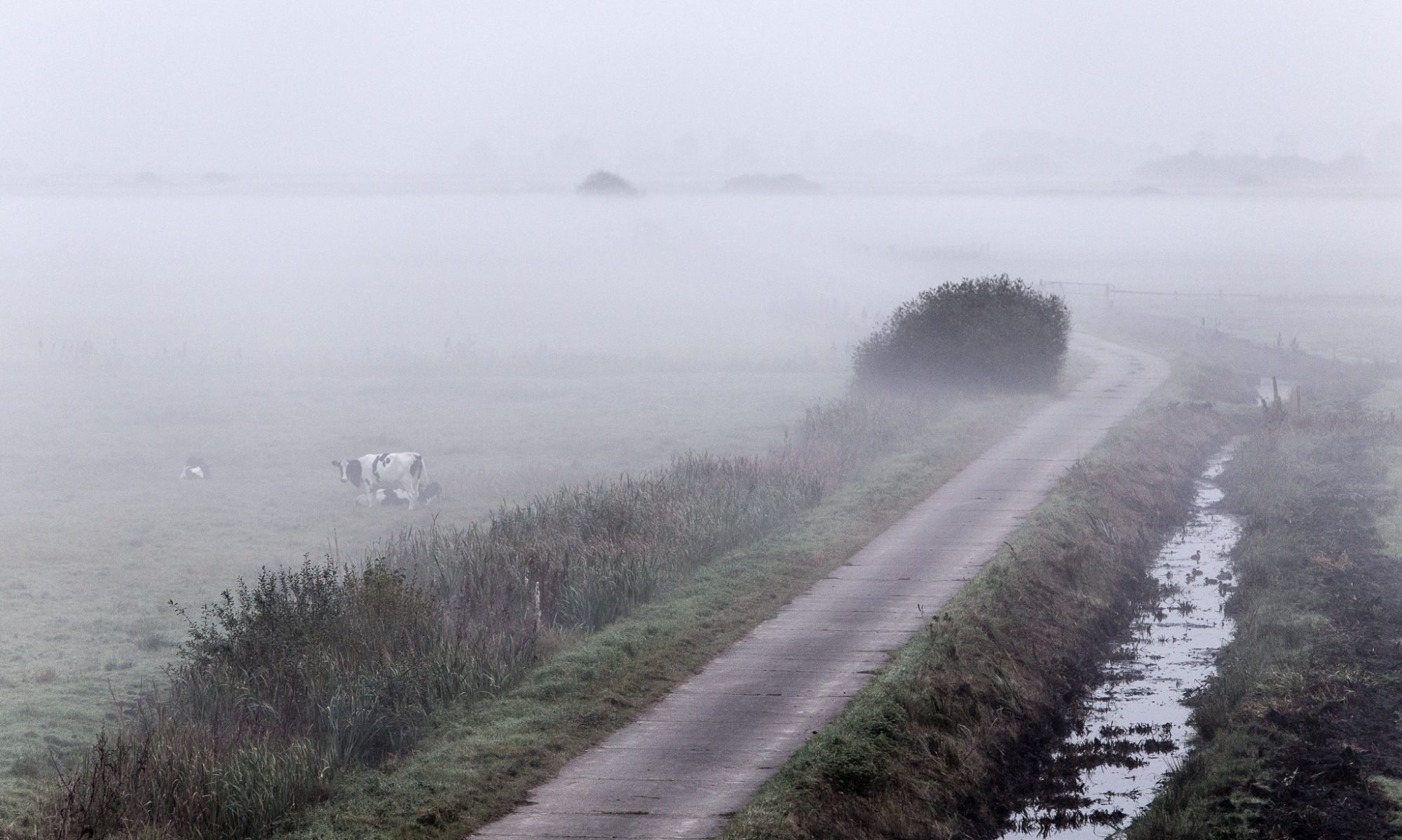I’m sorry, there is no complete english version of this website. Anyway, with a lot of help from Jonathan Strauss we did translate a few articles since Oktober 2010, you’ll find a list here.
This site is about the Teufelsmoor, which literally translates to devil’s bog, an area of outstanding historical and scenic interest as long as you ask enthusiastic residents like me. I launched this site back in 2005 as a kind of digital notebook for my impressions and details about people, landscape and history gathered over the years from all kinds of sources. When we moved in 1999, I was attracted by the light, the openness and the cosyness of this region from the very first moment. I translated one of the main articles about the Teufelsmoor itself to give you an idea of what this is about. Please feel free to contact me (see Impressum) in case of any further interest. Cheers!

On the other hand, Teufelsmoor is well defined as the name of a small village, first documented as „Düwelsmoor“ in the 14th Century and now part of the city of Osterholz-Scharmbeck. This village is situated at the heart of the „Teufelsmoor in the strict sense“, an area north of the Teufelsmoorstraße including the Günnemoor, the Torfkanal, the Niedersandhauser Moor, the Hamberger Moor and the Oenersmoor and the stretching valleys of the upper Beek inbetween them.
Only in the course of the 19th Century Teufelsmoor became an umbrella term for only vaguely connected bogs within this region, which nevertheless are today often referred to as one of the largest contiguous bogs in northern Germany. In fact, however, there is hardly any truly ombrotrophic peat bog left after centuries of drainage and agricultural use. One of the few remnants of intact bog can be seen in the nature reserve of Huvenhoopsmoor at Gnarrenburg, at the northern foothills of the Teufelsmoor, where the Huvenhoopsee with approximately 30 hectares remains one of the last great natural bog-lakes in Lower Saxony.
Today’s High German name „devil’s bog“ is derived from the Low German term Duvelsmoor, which has developed from the former Duves Moor (deaf, barren land). So, in fact, „devil’s bog“ is a result of a translation error.
In addition to its landscape features the Teufelsmoor also offers a cultural attraction of national significance. The artists‘ colony in Worpswede was founded in the late 19th Century and populated by a number of renowned German expressionists, among them Fritz Mackensen, Hans am Ende, Otto Modersohn, Heinrich Vogeler and Paula Modersohn-Becker.
